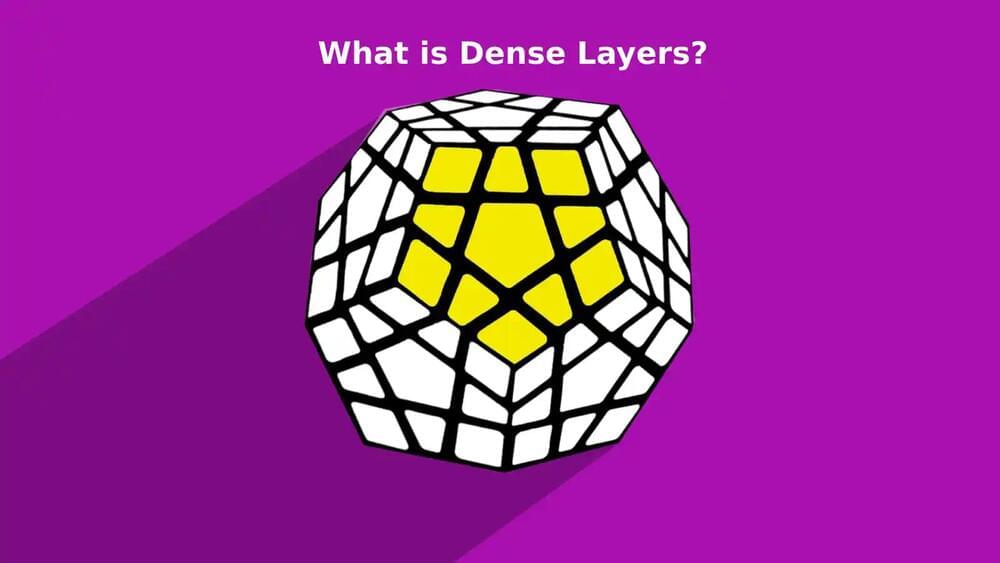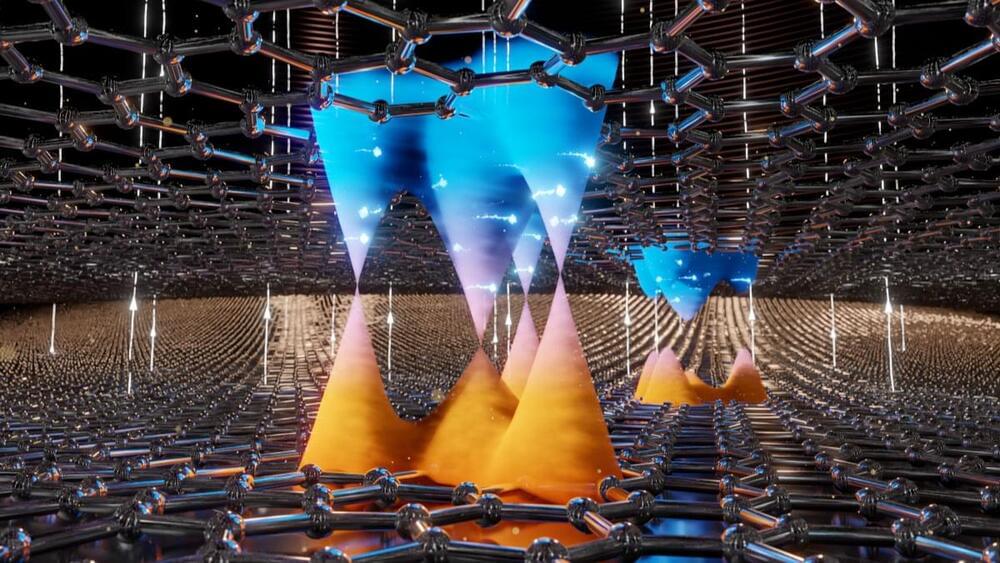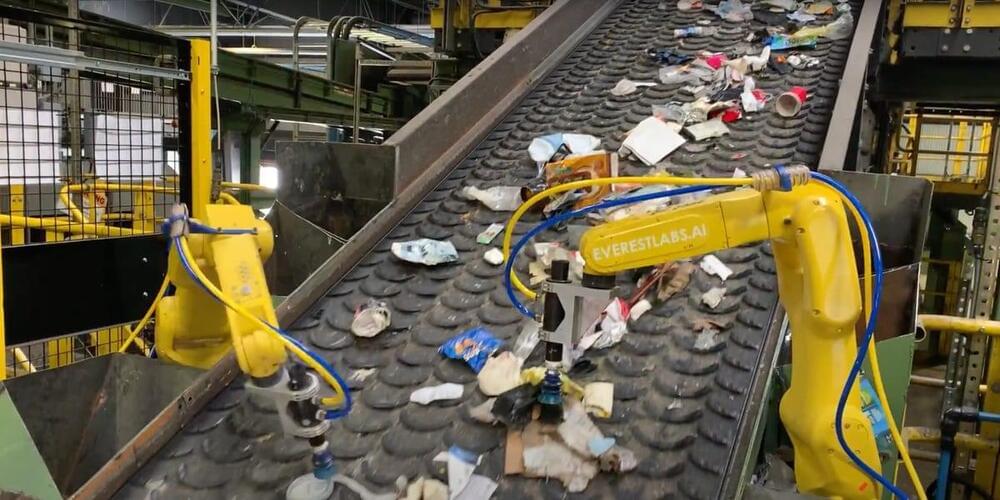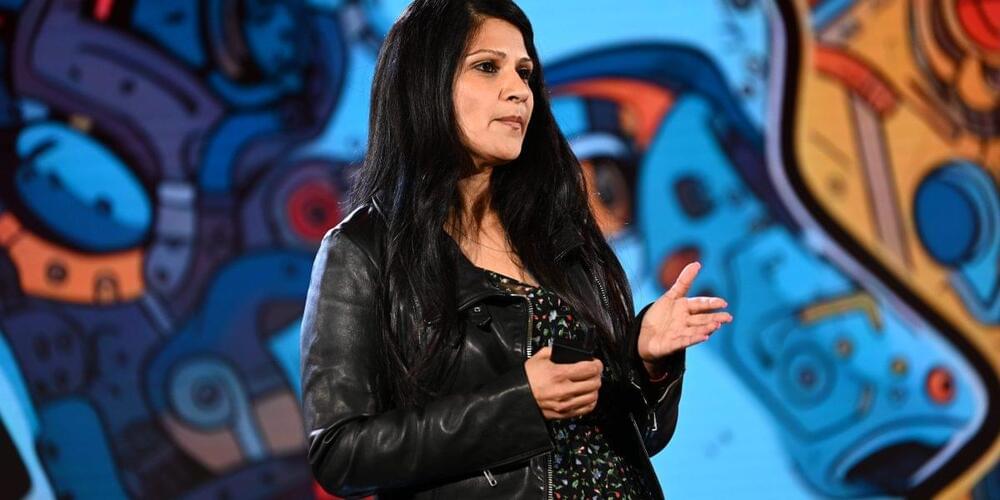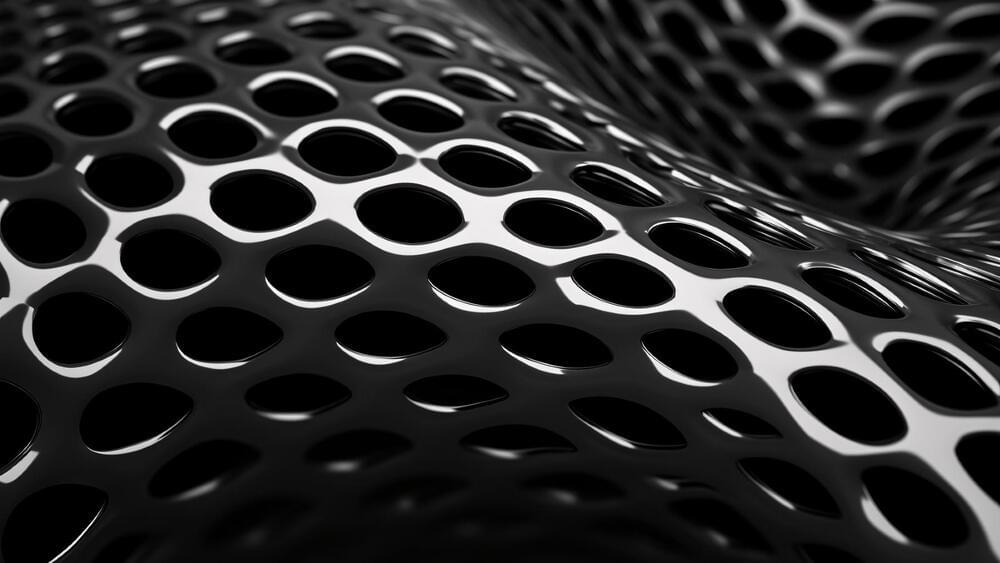Apr 18, 2024
Tesla’s Risky Move Towards Autonomy and Self-Driving Technology
Posted by Chris Smedley in categories: robotics/AI, transportation
Tesla’s aggressive push towards autonomy and the development of self-driving technology has the potential to drastically change the automotive industry and disrupt the competition.
Questions to inspire discussion.
Continue reading “Tesla’s Risky Move Towards Autonomy and Self-Driving Technology” »

